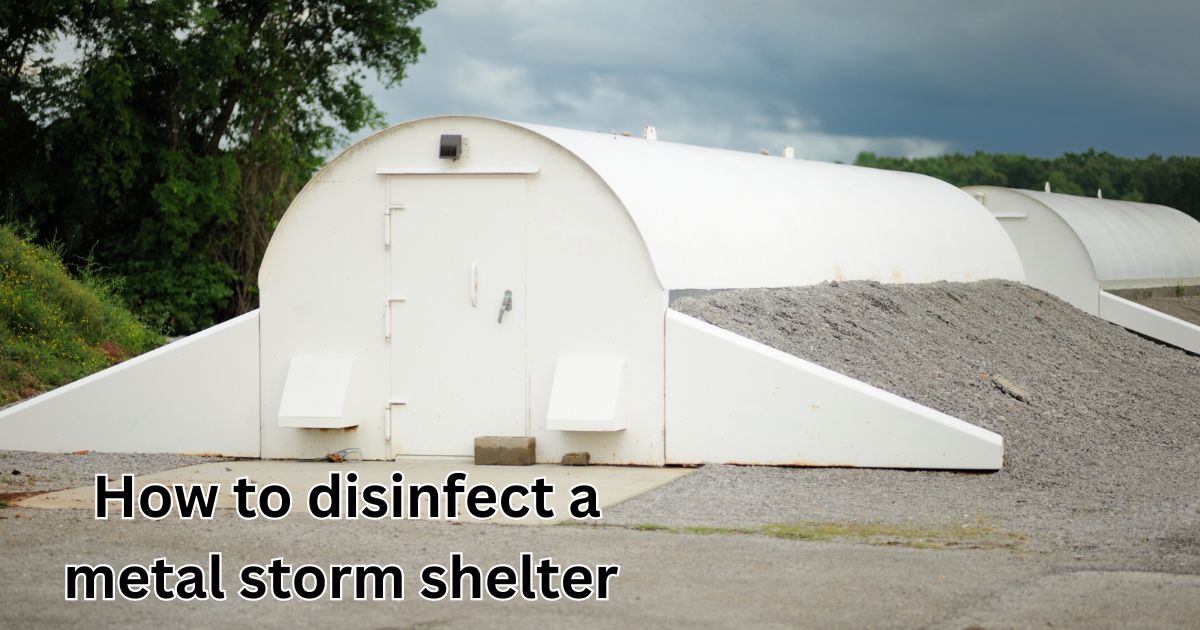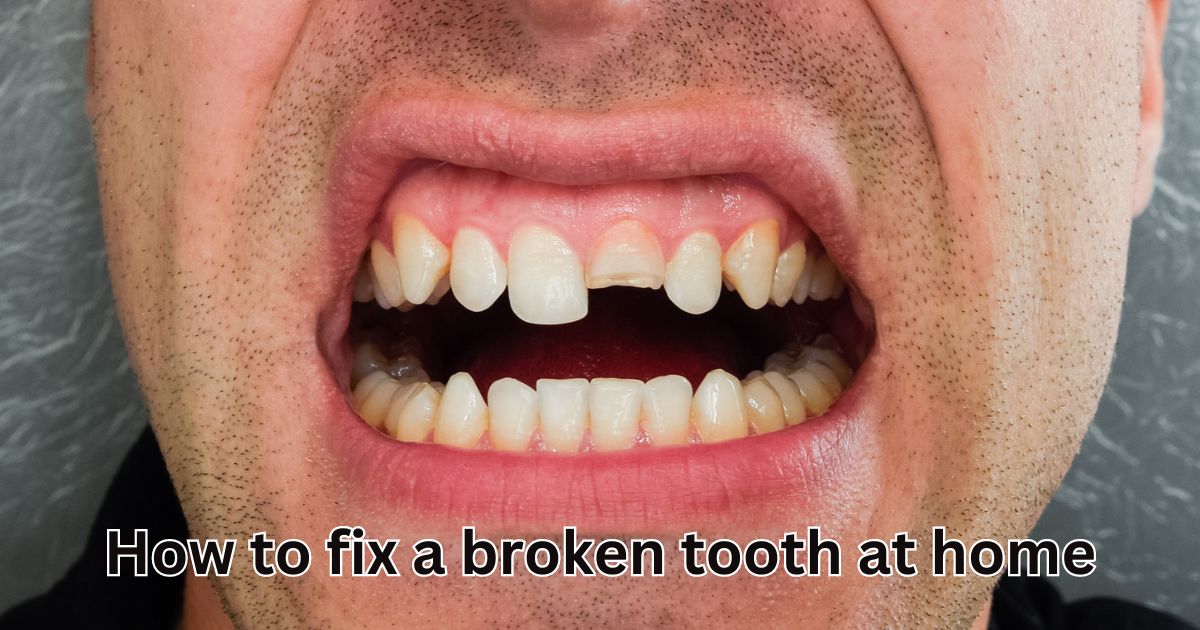Metal storm shelters are critical safety structures designed to protect individuals from extreme weather conditions such as tornadoes and hurricanes. These robust shelters are typically made from steel or other durable metals, providing a safe haven during emergencies. They are installed either above ground or underground, depending on the design and location preferences. The primary advantage of metal storm shelters is their strength and durability, ensuring they can withstand high winds and flying debris. Knowing how to disinfect a metal storm shelter is essential to maintaining these safety structures in peak condition and ensuring they are ready for use during emergencies.
Keeping a metal storm shelter clean and disinfected is crucial for several reasons. First and foremost, a clean shelter reduces the risk of health issues such as infections, respiratory problems, and allergic reactions that can arise from mold, bacteria, and other contaminants. Regular disinfection helps maintain a safe and healthy environment, ensuring that the shelter remains a viable option in times of need. Moreover, it extends the lifespan of the shelter by preventing corrosion and structural damage caused by dirt and moisture accumulation.
Preparations Before Disinfection
Safety Precautions
Before starting the disinfection process, it is vital to take necessary safety precautions. Wear personal protective equipment (PPE) such as gloves, masks, and safety goggles to protect yourself from harmful chemicals and contaminants. Ensure the shelter is well-ventilated by opening any available vents or doors. Proper ventilation helps disperse chemical fumes and reduces the risk of inhalation.
Gathering Necessary Supplies
To effectively disinfect a metal storm shelter, gather all necessary supplies beforehand. This includes cleaning agents such as soap, water, and specialized metal cleaners. You will also need disinfectants like bleach, alcohol-based solutions, or commercial disinfectant sprays. Additional tools and equipment include scrub brushes, sponges, microfiber cloths, buckets, and a vacuum cleaner with a HEPA filter. Having all supplies ready ensures a smooth and efficient cleaning process.
Initial Assessment of the Shelter
Conduct a thorough inspection of the shelter before beginning the disinfection process. Check for any visible damage, such as cracks or rust spots, and address these issues promptly. Remove any debris, dirt, or accumulated items that could hinder the cleaning process. Identifying areas with high contamination, such as corners and crevices, allows you to focus your efforts where they are needed most.
Step-by-Step Disinfection Process
Removing Debris and Cleaning Surfaces
Start by removing any loose debris and dirt from the shelter. Sweep or vacuum the floor, paying close attention to corners and hard-to-reach areas. Once the debris is cleared, wash all surfaces with soap and water. Use a scrub brush to remove stubborn dirt and stains, ensuring a thorough clean. Rinse the surfaces with clean water and allow them to dry completely.
Also Read: Google SEO Jackyan Guide
Choosing the Right Disinfectant
Selecting the appropriate disinfectant is crucial for effective cleaning. For metal surfaces, opt for disinfectants that are non-corrosive and safe for use on metal. Common options include bleach solutions (diluted according to manufacturer instructions), alcohol-based disinfectants, and commercial metal-safe disinfectants. It is essential to read and follow the manufacturer’s guidelines for safe and effective use.
Application Methods
There are two primary methods for applying disinfectants: spraying and wiping. Spraying is ideal for covering large areas quickly, while wiping ensures thorough contact with the surface. For best results when learning how to disinfect a metal storm shelter, use a combination of both methods. Spray the disinfectant evenly over the surface, then use a clean microfiber cloth to wipe down the area, ensuring even coverage and removing any excess solution.
Disinfecting Walls and Ceilings
Disinfecting walls and ceilings can be challenging due to their vertical and overhead positions. Use a step ladder to reach high areas safely. Apply the disinfectant using a spray bottle, starting from the top and working your way down to prevent drips and streaks. Wipe the surfaces with a microfiber cloth to ensure even coverage and effective disinfection.
Disinfecting the Floor
Cleaning the floor is crucial as it accumulates the most dirt and contaminants. Use a mop or sponge to apply the disinfectant solution, ensuring it reaches all corners and edges. Pay special attention to any grooves or textured surfaces that may harbor germs. After applying the disinfectant, allow it to sit for the recommended contact time before wiping or rinsing the floor.
Disinfecting Shelves and Storage Areas
Shelves and storage areas in the shelter can collect dust and contaminants over time. Remove all items from the shelves and clean them separately. Apply the disinfectant to the shelves and storage compartments, ensuring even coverage. Wipe down the surfaces thoroughly and allow them to dry completely before returning any items. This helps prevent cross-contamination and ensures a clean storage area.
Disinfecting Ventilation Systems
A clean ventilation system is vital for maintaining air quality in the shelter. Remove any vents or covers and clean them separately with soap and water. Use a disinfectant spray to clean the vents, ensuring it reaches all internal surfaces. Replace or clean filters as recommended by the manufacturer. Regular maintenance of the ventilation system helps prevent the buildup of dust and contaminants, ensuring fresh air circulation.
Addressing Specific Contaminants
Mold and Mildew Removal
Mold and mildew can pose significant health risks and damage metal surfaces. To effectively address this, understanding how to disinfect a metal storm shelter is crucial. Use a solution of bleach and water (1 cup of bleach to 1 gallon of water) and scrub the affected areas thoroughly. Rinse with clean water and dry completely to prevent regrowth. To prevent future mold issues, maintain proper ventilation and control humidity levels in the shelter.
Bacterial and Viral Decontamination
For bacterial and viral decontamination, use disinfectants that are effective against a broad spectrum of pathogens. Bleach solutions and alcohol-based disinfectants are commonly used for this purpose. Ensure the disinfectant remains on the surface for the recommended contact time to effectively kill germs. Regular disinfection of high-touch areas such as door handles, light switches, and handrails is crucial for preventing the spread of infections.
Handling Chemical Spills
Chemical spills in the shelter can be hazardous and require immediate attention. Wear appropriate PPE and ventilate the area to minimize exposure. Use absorbent materials to contain and soak up the spill, then clean the area with a suitable cleaner and disinfectant. Dispose of contaminated materials according to local regulations. Prompt and proper handling of chemical spills prevents health risks and damage to the shelter.
Post-Disinfection Procedures
Proper Disposal of Waste
Proper disposal of waste generated during the disinfection process is essential for environmental safety. Dispose of used cleaning materials, contaminated PPE, and other waste in sealed bags. Follow local guidelines for the disposal of hazardous materials. If possible, recycle items such as plastic bottles and containers to minimize environmental impact.
Final Inspection and Air Quality Testing
After completing the disinfection process, conduct a final inspection of the shelter. Check for missed areas and ensure all surfaces are thoroughly cleaned and disinfected. Consider using an air quality monitor to test for contaminants and ensure the air is safe to breathe. Address any issues promptly to maintain a healthy environment in the shelter.
Maintenance Tips for Long-Term Cleanliness
Maintaining a clean and disinfected storm shelter requires regular upkeep. Establish a cleaning schedule that includes routine inspections, debris removal, and disinfection. Keep the shelter well-ventilated to prevent moisture buildup and mold growth. Store cleaning supplies and disinfectants in the shelter for easy access. Consistent maintenance ensures the shelter remains a safe and reliable refuge during emergencies.
Conclusion
Disinfecting a metal storm shelter involves several key steps: preparing with the right safety precautions and supplies, conducting an initial assessment, following a thorough cleaning and disinfection process, addressing specific contaminants, and implementing post-disinfection procedures. Knowing how to disinfect a metal storm shelter properly ensures that regular maintenance and proper disinfection are carried out, which are crucial for ensuring a safe and healthy environment.









